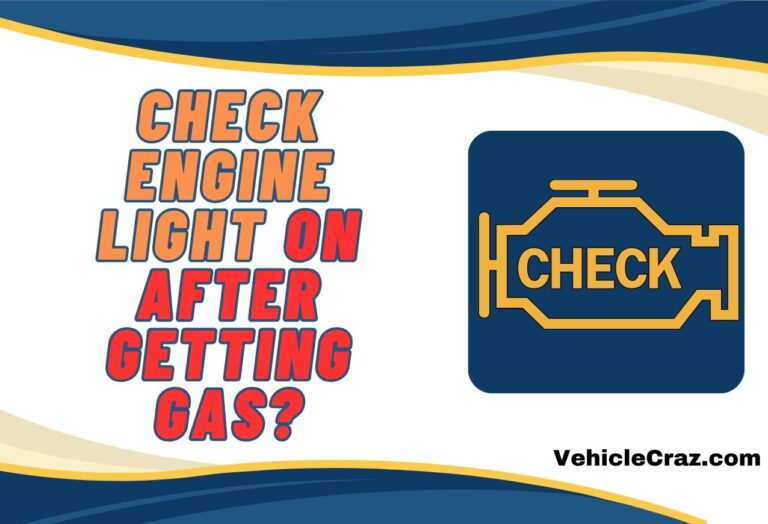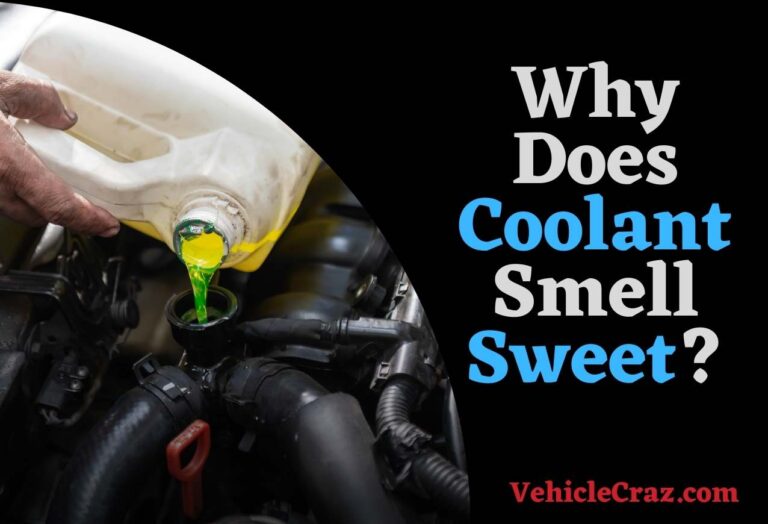Does Brake Cleaner Work As Starting Fluid?
Someone might be in a situation where their vehicle won’t start, and they don’t have starting fluid on hand but do have brake cleaner. In such situations, they would ask this question. Does brake cleaner work as starting fluid? Brake cleaner is sometimes asked about as a substitute for starting fluid because both are highly volatile solvents. So, let us help you wipe off the doubts you might have over this question.
What is Starting Fluid and How Does it Work?
Starting fluid is a highly volatile liquid used to assist in the starting of internal combustion engines, particularly in cold weather or when an engine has difficulty starting due to other reasons. It is primarily composed of diethyl ether, along with other flammable hydrocarbons and sometimes lubricants to protect engine components.
Diethyl Ether is the main ingredient of the starting fluid, chosen for its high volatility and flammability. It ignites more easily than gasoline or diesel fuel, even at lower temperatures.
Starting fluid is sprayed into the engine’s air intake or carburetor. When the engine is cranked, the highly volatile starting fluid vaporizes and mixes with the air in the combustion chamber. Due to its low ignition temperature, it ignites more easily than the regular fuel-air mixture. This initial combustion helps turn the engine over, getting it running until the regular fuel system can take over.
When it comes to the uses of the starting fluid, in cold temperatures, engines can have difficulty starting because fuel doesn’t vaporize as easily, and oil becomes more viscous; starting fluid provides a readily ignitable mixture to overcome this.
In addition, starting fluid helps fuel delivery issues of vehicles as well as the old engines that have poor engine compression.
What is Brake Cleaner And How Does it Work?
Brake cleaner is a powerful solvent designed specifically to clean brake components and remove contaminants such as brake dust, oil, grease, and other debris. It is essential for maintaining the proper function and longevity of brake systems in vehicles.
Usually, brake cleaners include ingredients such as chlorinated and non-chlorinated solvents, alcohols, and ketones to enhance the cleaning effectiveness and evaporation rate.
Brake cleaner is applied directly to brake components such as discs, drums, calipers, and pads. The solvent quickly dissolves and lifts away contaminants without leaving any residue. The fast evaporation rate ensures that the cleaned components dry quickly, ready for immediate reassembly and use.
Brake cleaners are used to clean the brake components and clean brake system-related parts before performing brake repairs or replacing components to ensure no contaminants interfere with the repair process.
Key Differences Between Brake Cleaner and Starting Fluid
Chemical Composition
Starting Fluid: Primarily composed of diethyl ether, which is highly flammable and designed to ignite easily even at low temperatures. It also often includes lubricants to protect engine components during startup.
Brake Cleaner: Contains a mixture of volatile solvents such as tetrachloroethylene, trichloroethylene, heptane, acetone, or toluene. These chemicals are chosen for their degreasing properties and rapid evaporation, not for controlled combustion within an engine.
Intended Use
Starting Fluid: Specifically formulated to assist in starting engines by providing an easily ignitable fuel-air mixture. It is safe for use in the combustion chamber and designed to burn cleanly.
Brake Cleaner: Designed to clean brake components by dissolving grease, oil, and contaminants. It is not intended for use inside an engine and can leave harmful residues.
Does Brake Cleaner Work As Starting Fluid?
Brake cleaner can technically ignite and help start an engine due to its flammability but using it for this purpose is extremely dangerous and not recommended. In an emergency, someone might not have starting fluid on hand and might look for alternatives.
Brake cleaners contain volatile solvents that are flammable, which might lead someone to think they could serve a similar function to starting fluid. However, as mentioned using brake cleaner as a starting fluid is not recommended as it can be dangerous.
Many brake cleaners contain chlorinated solvents that can be highly corrosive, damaging engine components such as rubber seals, plastic parts, and even metal surfaces. In addition, the chemicals in brake cleaner are not designed to burn cleanly. Their combustion can produce harmful residues that can foul spark plugs, clog injectors, and damage the combustion chamber.
Best Alternatives to Starting Fluid
If you don’t have starting fluid available, there are several alternatives you can consider. While these alternatives can work in a pinch, they are not designed specifically for starting engines like starting fluid. Using the right product for the job is always the safest and most effective approach.
WD-40
Pros
- Readily available.
- Provides sufficient lubrication.
Cons
- Not as effective in very cold weather.
- Can leave a residue.
Carburetor Cleaner
Pros
- Effective at cleaning and helping with starting.
- Commonly found in automotive stores.
Cons
- Flammable; handle with care.
- Can be harsh on some engine components.
Propane Torch (Without Lighting)
Pros
- Provides a steady supply of flammable gas.
- Effective in cold weather.
Cons
- Requires careful handling to avoid gas buildup.
- Not suitable for all engine types.
Gasoline-Soaked Rag
Pros
- Readily available in emergencies.
- Provides a temporary starting aid.
Cons
- Highly flammable; use extreme caution.
- Risk of over-flooding the engine.
Ethanol (Pure Alcohol)
Pros
- Burns cleanly.
- Effective in cold weather.
Cons
- Can be hard to find in pure form.
- Flammable; handle with care.
Best Practices for Using Starting Fluid Alternatives
- Only use a small amount to avoid engine damage and over-flooding.
- Ensure the engine is off when applying any of these substances. Avoid sparks and open flames.
- Use in well-ventilated areas to avoid inhaling harmful fumes.
- Always follow the product’s instructions and safety warnings.
- Address underlying issues causing starting problems, such as battery health, fuel system maintenance, and ignition system checks.
You May Also Like


I’m Alex, a seasoned mechanical teacher with over 20 years of hands-on experience in Australia. My passion for all things automotive has driven me to establish this blog, aiming to share my wealth of knowledge and expertise with fellow enthusiasts, DIYers, and anyone keen on understanding the mechanics behind the machines we rely on daily.







